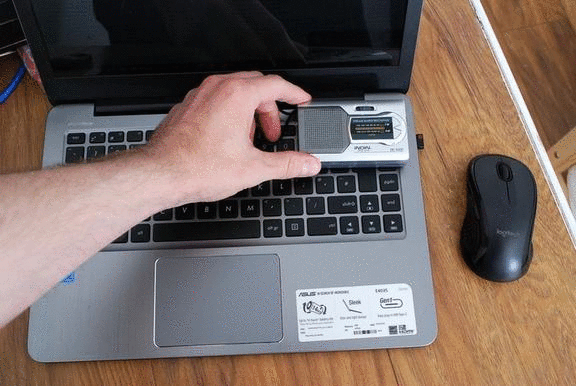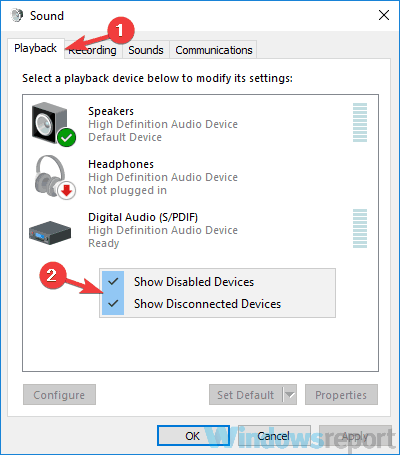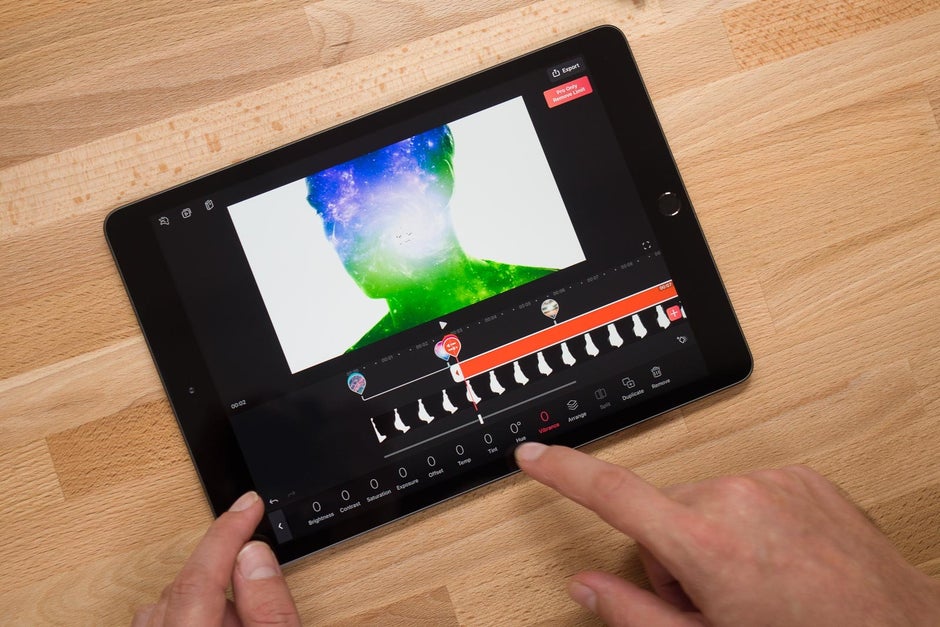


This can be a strong temptation to use this acoustic phenomenon (a function of standing waves) to provide some additional heft, especially from smaller (less than 8”) woofers. Most people have noticed that when a speaker of any size is placed against a wall, it’ll deliver stronger bass response. Yet I still sometimes come across people who apply their own “hype” to their monitors, via amp/preamp tone controls, or by cranking the bass and treble adjustments provided on the back of many powered speakers. If you make key decisions about level balance and EQ based on a pair of hyped-up speakers, that mix may sound good right there in that room, but it won’t sound like that anywhere else-in fact, it’ll likely sound lacking on other, less-hyped playback systems.įortunately, most speakers sold as studio monitors shoot for a (more desirable) neutral balance, capable of providing a proper reference for decision making. This can give music a more exciting quality, but it’s not what the mix actually sounds like. The sound of many consumer speakers is often “hyped”-this usually means that the bass and/or the treble (and maybe presence) frequencies are accentuated, for a punchier, brighter, more “in-your-face” tonal balance. The purpose of monitoring is not to promote a consistently enjoyable listening experience, but to reveal the truth about the sound of the recording or mix-good, bad, or ugly, what you hear through the monitors must reveal not only what sounds good, but more importantly, what’s wrong, and what needs to be fixed. However, this is not the goal for studio monitors. Avoid the HypeĬonsumer speakers are often designed to make everything played through them sound as good as possible. Here are 6 suggestions-things to avoid-to get the best results. A flawed or problematic setup-even with good speakers-can get in the way of achieving the best recordings and mixes. There are plenty of suitable-even excellent-studio monitors out there, at all sizes and price points, but setup is just as critical as choosing a good pair. Every decision made during the recording process-from mic placement to final mix tweaks-is based on what’s heard in those monitors, and while headphones can provide a helpful reference, the sound from the speakers is usually what’s relied upon for the critical choices made throughout the process.

Choosing and setting up studio monitors is, of course, one of the most important aspects of designing a good recording/mixing space.


 0 kommentar(er)
0 kommentar(er)
